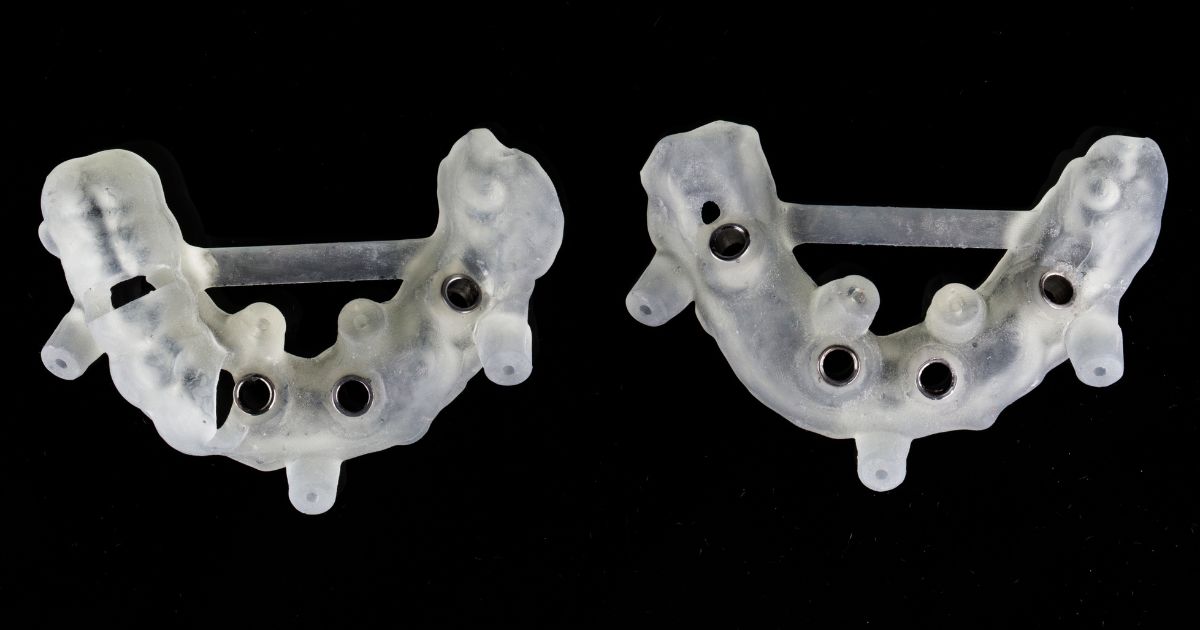Congenital birth anomalies, traumatic injuries, and surgeries requiring bone or tissue removal often result in facial defects. A significant number of children are born with cleft lip or palate malformations. A craniofacial prosthesis is often the best course of action to restore normal function and appearance.
Craniofacial prostheses are artificial devices utilized to replace malformed or missing facial features. The most common types of facial prostheses are created to address defects involving the nose, eyes, or ears.
Older prostheses, while functional, were not ideal solutions for many patients for several reasons, the most common being attachment. The prostheses were attached with an adhesive and often to an object, such as a pair of glasses. Many patients experienced adverse reactions to the adhesive, suffering rashes or irritation. Advancements in technology provide better materials today, such as:
- Silicone: Today’s silicone materials make the most lifelike prosthesis, and it can be difficult to tell the difference, even up-close. By using silicone, the prosthesis is custom-made and colored to match the patient’s natural skin tone. Silicone prostheses improve patients’ self-esteem and quality of life. Creating a prosthesis involves as much art as science in order to provide lifelike and esthetic results. The anaplastologist first sculpts the prosthesis then molds it to custom-fit the patient’s needs with careful consideration of anatomical landmarks, facial proportion, symmetry, and skin-tone.
- Titanium implants: Fixtures and screws made of ultra-strong titanium provide a permanent and stable base for attaching the prosthesis. In a process called osseointegration, small titanium screws are implanted into the bone and left to bond for a period of about three months. Once complete, the screws’ counterparts, called abutments, are attached, along with a thin bar to create anchors for holding the prosthesis securely and tightly in place with clips or magnets.
Patients can enjoy all normal activities with the prosthesis, including sports and swimming. While considered somewhat “permanent,” these types of prostheses still require removing for cleaning and overnight daily to allow air to circulate around the abutments. Most patients wear the prosthesis an average of 10 hours per day. Facial prostheses also degrade over time due to body oils, ultraviolet light, and pollution, and typically need replacing approximately every two years.
South Jersey Oral Surgeons at Lanzi Burke Oral & Maxillofacial Surgeons Help Patients in Need of Craniofacial Prostheses
Birth defects, traumatic injuries, or surgery can cause facial defects that require the use of a craniofacial prosthesis. If you or your child needs a prosthetic remedy, speak with our South Jersey oral surgeons at Lanzi Burke Oral & Maxillofacial Surgeons. Call us at 856-582-4222 or contact us online today to schedule an initial consultation. Located in Washington Township, Haddonfield, and Woolwich Township, New Jersey, we are dedicated to helping patients throughout South Jersey.


